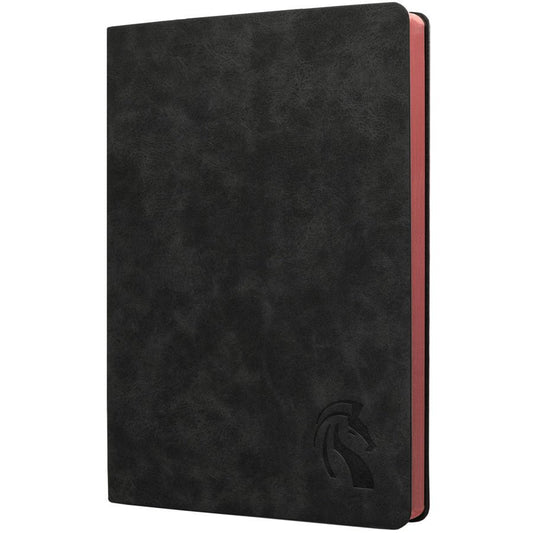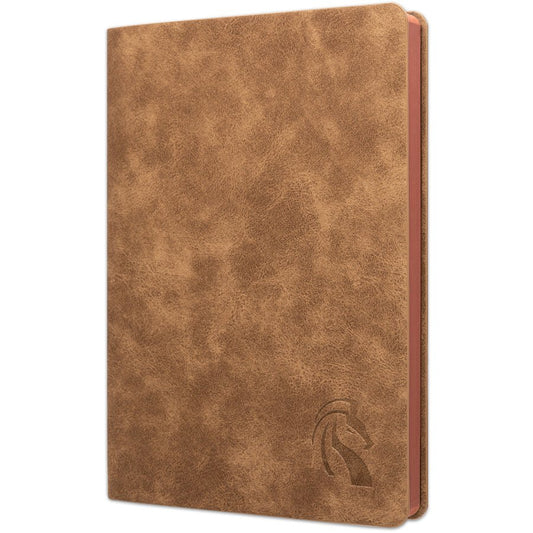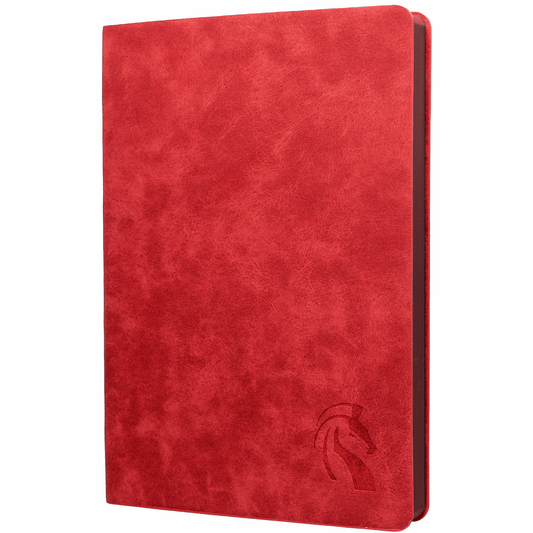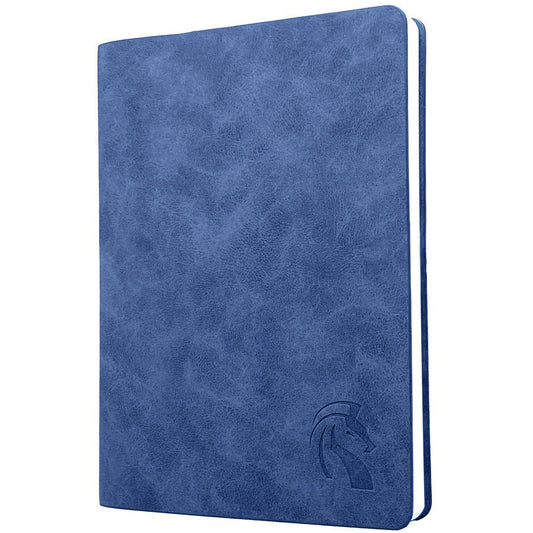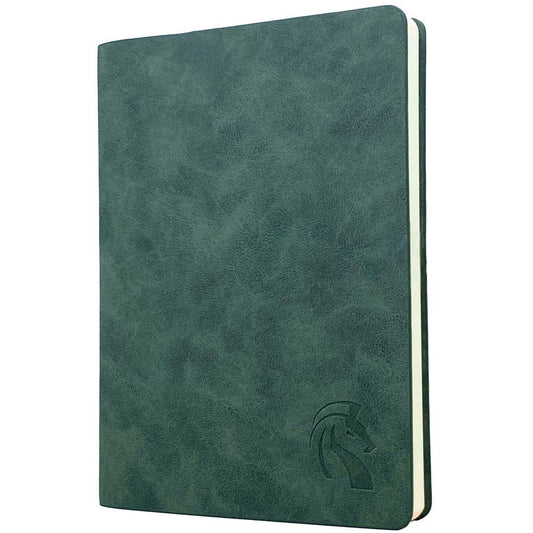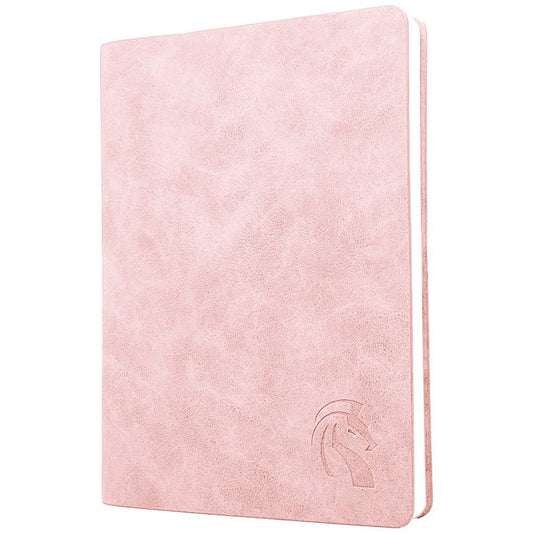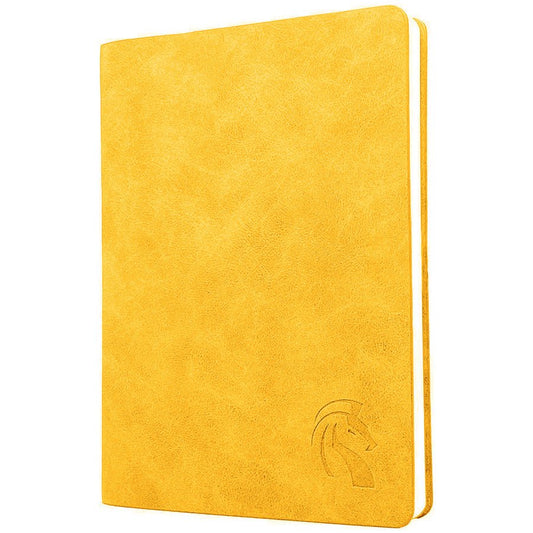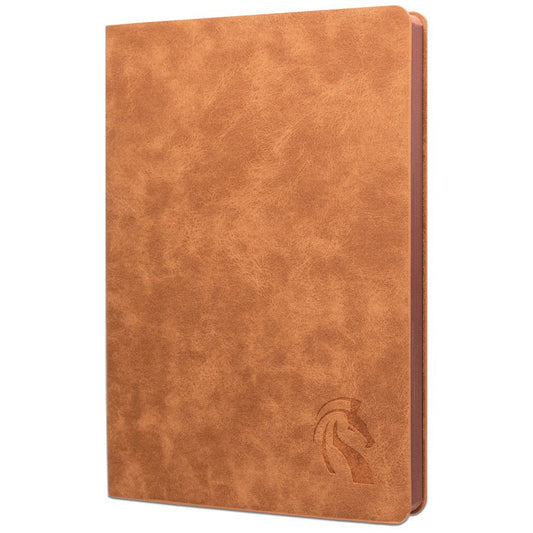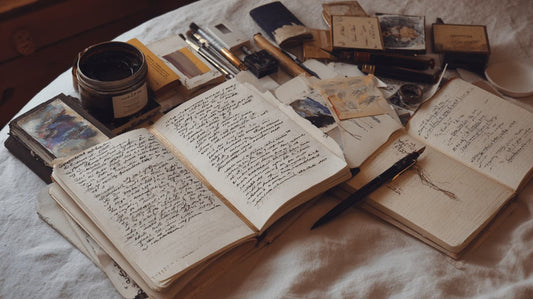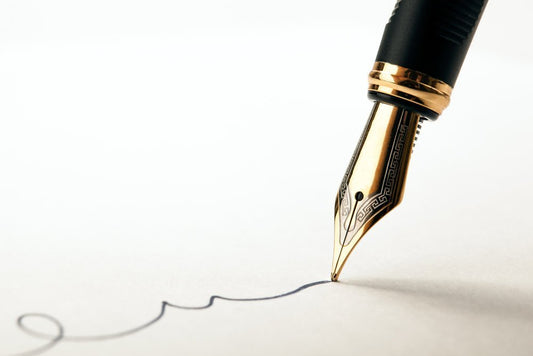
When searching for high-quality paper that is suitable for use with fountain pens, there are a plethora of considerations to take into account. It is very similar like selecting a bottle of high-quality wine that has a variety of complexities and undertones. On the other hand, a good quality piece of paper will breathe new life into your pens and inks, allowing you to observe qualities such as gloss that you were previously oblivious to.
Let's begin with a general discussion of the factors that should be taken into account while selecting a paper. Simply clicking this link will take you directly to the recommendations.
The Absence of Color and Whiteness
You may already be aware of the fact that paper comes in a dizzying array of hues, ranging from the starkest white to the most vibrant neon pink imaginable. The color white has been the de facto standard for more fountain pen paper. Some papers have a whiter appearance (meaning they are brighter and have a less grayish tone) than others. A color that is similar to cream or ivories is also very common. This can give your ink a distinctive appearance and, depending on the ink you use, can sometimes produce some pretty wonderful results. Because it is not quite as dazzling as white paper, cream paper is also somewhat less taxing on the eyes.
Feathering
Some less expensive papers have a propensity to display feathering, which is when ink spreads out through the paper in an uncontrollable manner. You will frequently observe incredibly thick lines and odd spikes running alongside the letters. This is because the paper soaks up the ink much more rapidly than a tissue would water. Think of it like a tissue soaking up water. Lower grade papers, such as those that are typically used in spiral notebooks, have a greater propensity to feather, whereas higher quality papers are specifically engineered to minimize feathering, most commonly by the use of a coated surface.
What kind of notebook do you use with a fountain pen?

The results of feathering are depicted in the image that may be found below. The illustration on top depicts a paper that can be easily feathered (Xerox 24b copy paper). Take note of how thick the lines are in comparison to the feathering resistance of the paper (Hewlett-Packard 32lb Premium Laser Paper). Both of these samples of handwriting were produced with the same pen (a Visconti Homo Sapiens with a B nib) and the same brand and color of ink (Sailor Yama-Dori).
Both bleeding and showing through are allowed.
Bleed-through occurs frequently with thinner papers or papers of poor quality, both of which have a propensity to absorb ink very rapidly. No matter how thin the paper is, higher-end papers typically have a coating that prevents ink from soaking through. This coating is applied during the manufacturing process. However, even if you use the highest-quality fountain pen paper, there is still a chance that some of your writing will show through on the reverse side. This is referred to as show-through and is also sometimes referred to as "ghosting." Utilizing a heavier paper stock, such as 32 lb. as opposed to 20 lb., is one way to prevent show-through from occurring.
There is a significant amount of bleed-through visible in this picture. The top is made of the same Xerox 24lb paper as the picture above, and it features numerous areas where the ink has bled through the paper. In severe instances, the ink may even be seen on the sheet beneath it. The bottom was printed on the same HP paper as the top, and there is not the slightest trace of bleed-through or show-through anywhere.

Texture
The texture of some sheets is noticeably more refined than that of others. In general, the nib of a fountain pen works best with papers that are particularly smooth, as this allows the pen to more easily glide over the page. Coated papers have a tendency to have a smoother texture, whilst uncoated papers have more of a grainy appearance. Other types of specialized papers, such cotton paper, will have a woven appearance and feel, similar to that of a shirt or piece of fabric.
Drying Time
It takes some time for the ink that has been placed down using a pen or pencil on paper to dry entirely without smearing. To a large extent, the drying time is determined by the type of ink that was used (for instance, quick-drying inks); however, assuming that all other conditions are the same, some papers dry more quickly than others. Smooth and coated papers typically require more time to dry than rough and uncoated papers. This might be considered a good rule of thumb. Additionally, because the ink is forced to evaporate rather than being absorbed by the paper, drying time is typically increased with high-quality anti-bleeding and feathering papers.
Rulings
You must be familiar with American college-ruled or wide-ruled paper if you have ever used a typical notebook. This type of paper features lines that are spaced at regular intervals along the sheet and a margin that has been taken off on the side. It's possible that finding out that fountain pen paper can come with a variety of different rulings will come as a big surprise to you.

There is a type of ruler known as dot-ruling that functions very similarly to graph paper but has dots rather than lines. In addition to the numerous other possibilities, there is the French (Seyes) rule, which is widely utilized in the practice of cursive writing in France. If you choose to do your daily writing on printer paper, you will have the advantage of being able to print nearly any kind of rule you want immediately onto your paper.
Pricing and Merchandise Availability
As is the case with the vast majority of things in our world, there are two distinct price points for paper that may be used with fountain pens: relatively affordable paper and incredibly pricey paper. However, keep in mind that not all pricey paper is guaranteed to work with fountain pens. You need to test the paper before you buy it.
Recommendations
The following works are some of my favorites, however they are not placed in any particular order for your convenience. You cannot make a mistake by selecting any of the papers that are included on this list.
River Tomoe
Tomoe River is a paper manufacturer in Japan. The paper produced by Tomoe River is renowned for its extremely high resistance to ink as well as its silky smooth texture. The paper is exceedingly thin, with a density of only 52 grams per square meter, and it is highly long-lasting. If you are particularly harsh with the pages, they have a propensity to wrinkle somewhat, but they do not rip or shred easily.
White and ivory are also available as colors for this product. Feathering is completely nonexistent, even when using very wet flex pens. No bleed-through, with the exception of extremely infrequent instances Because the paper is so thin, there is a significant amount of show-through. In most cases, I counsel utilizing only one of the sides. Texture: incredibly silky, much like writing on a sheet of glass Because the paper is so resistant to ink, the drying time is rather lengthy. Rules are only available as blank sheets, but they can have rulings printed on them. The cost is $15 for a hundred sheets, which is quite pricey but well worth it. There are a few internet retailers where you can get loose sheets or pads available for purchase.
Rhodia
Because of its silky smoothness and superior ink resistance, fountain pen users love the Rhodia brand of high-end paper. Rhodia is a well-known and highly regarded high-end paper brand. The Rhodia paper has a gram per square meter weight of 80, and its thickness is comparable to that of standard copy paper. Rhodia is well-known in the industry for producing staple-bound pads with perforated sheets in addition to their range of WebNotebook products.
Only white is an option for the color. There is no feathering whatsoever, with the exception of ink drips and wet flex pens. Absolutely no bleeding through will occur. Very little see-through, despite the fact that the paper is not particularly thick. Texture: incredibly silky, much like writing on a sheet of glass Dry Time: Considerably shorter than that of the Tomoe River. Blank, lined, dot, or graphing options are available for the rulings. Pads and notebooks are available in a variety of sizes, including full A4, A5, and pocket versions. The cost is $14.50 for an A4 pad that has eighty sheets. Pads and notebooks are both offered and can be found in the inventory of the majority of online stores.
Clairefontaine
Since Clairefontaine paper is manufactured by the same business that produces Rhodia paper, the superior quality of the paper may be expected from any brand. Clairefontaine, just like Rhodia, has a vast selection of products available in the format of rulings and paper. The average weight of the paper is 90g/m2, and it has a greater thickness than standard copy paper. They are well-known for both the Triomphe notepads and the bound notebooks that they produce.
Only white is an option for the color. Feathering: There is not even the slightest bit of it, even when using highly wet flex pens. Absolutely no bleeding through will occur. Given the thickness of the paper, there is very little see-through. The texture is quite smooth and not at all rough. Dry Time: Protracted, roughly equivalent to that of Rhodia Notable sizes include A4 and A5 notepads in addition to bound notebooks.

Paper for printers and photographs that HP manufactures HP is best known for its PCs and printers, but the company also produces a wide variety of paper for printers and photographs. Even though it was developed for laser printers, the "Premium Laser" line from this company writes exceptionally well when used with fountain pens. The surface is coated, and it is available in a range of paper weights, including 24 lb, 28 lb (which has since been discontinued), and 32 lb.
Only a brilliant white color option is available (98 whiteness) In most cases, there is no feathering, with the exception of flex pens. Absolutely no bleeding through will occur. Absolutely none will show through, with the exception of wet flex pens. Texture: Silky smooth, though not quite as silky as Clairfontaine Drying Time: About the Same as Rhoda, but a Little Longer Sizes are available on US letter paper, which is the standard.
About Moleskine
Moleskine notebooks are quite common and can be purchased almost anywhere. They can be identified by the rotatable stands that are typically found in bookstores and other types of retail establishments. The paper in their notebooks performs admirably when used with pencils, ballpoint pens, and rollerball pens, all of which are common types of writing instruments. However, their paper has a terrible performance when used with fountain pens; it bleeds through and feathers like tissue paper, and it commonly bleeds through onto the second page. Moleskine is a brand of notebook that I try to avoid at all costs since I find that the paper is not suitable for my needs. Extra-Fine (EF) nibs have been used successfully on the notebooks by a select few users, but this number is relatively low.
Leave a comment below and tell me which papers you like most and which ones you despise the most.

LeStallion PU Leather Journals
LeStallion Soft Cover PU Leather Journals inspires and excites you to write more, allow you to further grow and develop, so you may achieve your goals and dreams!
SHOP LESTALLION
